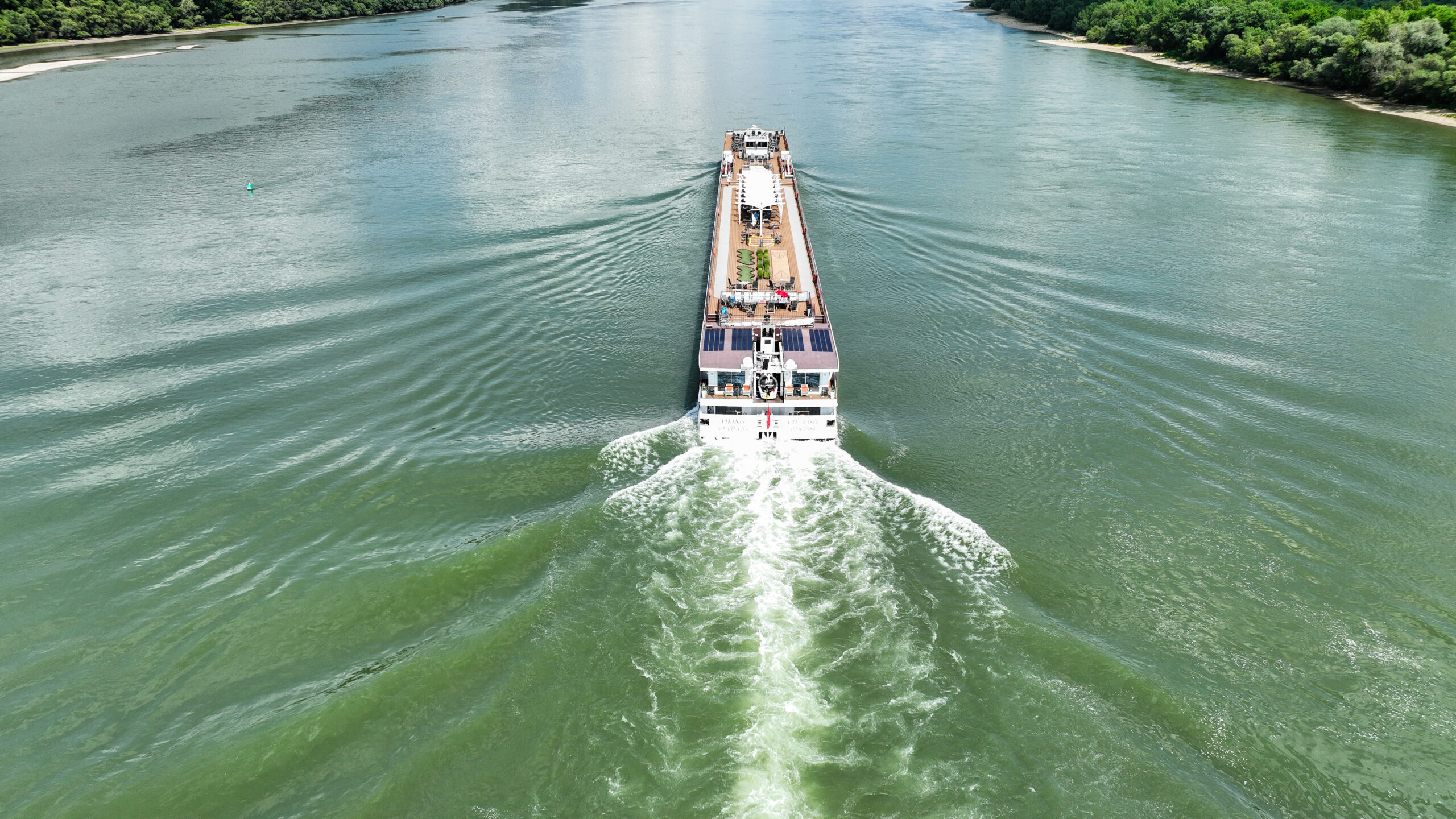CESNI meeting on 11 April 2024
11/04/2024
The European Committee for drawing up Standards in the field of Inland Navigation (CESNI) met in Strasbourg (France) on 11 April 2024. The meeting was chaired by Mr Ivan Bilić-Prcić, representing Croatia. The Member States present adopted the new edition of the ES-QIN, the European Standard for Qualifications in Inland Navigation. They also approved certain explanatory notices to the ES-QIN 2024/1 and ES-TRIN 2023/1. Finally, they validated guidelines that define the competences needed to operate vessels using alternative technologies.

Source: Adobe Stock
Vessel technical requirements
The CESNI adopted an explanatory notice to the ES-TRIN 2023/1 (European Standard laying down Technical Requirements for Inland Navigation vessels). As a reminder, the ES-TRIN 2023/1 came into force on 1 January 2024. The notice will be published on the CESNI website in May. It documents the amendments in the 2023/1 edition, compared with the 2021/1 edition, and the reasons behind them. They relate to areas such as passenger vessels, the collection of waste water, low-flashpoint fuels and fuel cells. The explanatory notice is aimed primarily at the Inspection bodies responsible for inspecting inland navigation vessels, but also at shipyards, equipment manufacturers and shipowners.
At the meeting, the CESNI also examined the draft of ES-TRIN 2025/1 and the outstanding issues. The standard will be included on the agenda of the next CESNI meeting, to be held on 17 October 2024, with a view to its adoption. The main amendments relative to the 2023/1 edition concern the requirements for the storage and the use of methanol, electric propulsion systems and the use of aluminium or fibre-reinforced materials in the construction of passenger vessels.
Professional qualifications
The CESNI adopted the new edition of the European Standard for Qualifications in Inland Navigation, ES-QIN 2024/1. It will enter into force on 1 January 2025. The principal change relates to improving training at command level. The aim is to better prepare boatmasters to navigate and manoeuvre in the vicinity of sea-going vessels. The standards will set out the competences required for zones used by both sea-going vessels and inland navigation vessels. These modifications to the competence standards will not change the content of practical exams. In order to provide a better understanding of the changes made to the ES-QIN since its last edition in 2019, CESNI has also approved the publication of an explanatory notice. This provides explanations for industry and stakeholders, regarding the rationale and consequences of the changes.
In addition, the CESNI approved guidelines that define the competences needed to operate vessels using alternative technologies. For this first step, the guidelines cover propulsion by means of electric power, and methanol. They are intended for specialist personnel (on board or on land) who need to be familiar with the risks posed by the new technologies. For vessels using electric propulsion, the CESNI experts have focused on lithium-ion batteries and have identified the following risks: thermal packaging, gas leaks, electrical hazards and incorrect connections. Other elements, such as the outsourcing of maintenance tasks and the risks associated with the handling of interchangeable batteries, also contributed to the decision to develop the guidelines. In the case of methanol, the risks are linked to toxicity, environmental damage and a higher risk of inflammability (than diesel). In the first instance, the guidelines are directed at the training institutes and schools that train students in new technologies. They may also be of interest to craft owners and insurance companies, which may have requirements for crew members. Later, the guidelines can be developed further to become CESNI standards.
The guidelines will be published on the CESNI website in May 2024, while the ES-QIN 2024/1 and the explanatory notice will be published in January 2025.
Information technologies
The CESNI examined the draft of the ES-RIS 2025/1, the European Standard for River Information Services. This is due to be adopted at the CESNI meeting in October, along with the ES-TRIN 2025/1. This third edition of the ES-RIS includes modifications that will make it possible to display information dynamically on Inland ECDIS equipment, concerning water levels or buoys. This information will be transmitted in real time through Inland AIS equipment. This edition also includes a mechanism to make inland navigation charts more reliable and to ensure that they work properly on all Inland ECDIS equipment. It contains measures for the simplification and modernisation of notices to skippers (reduction in the number of message types and introduction of a mechanism for automatic translation of certain information). Regarding electronic reporting, the ERINOT message will also be modernised with a single, more flexible and more modern message format. This format will make it possible to transmit more information useful for the safety and management of the waterway, for example on the alternative energies for vessels’ propulsion.
Participants in the meeting
The Committee meeting was attended by representatives of:
- 9 Member States: Austria, Belgium, Croatia, Czech Republic, France, Germany, the Netherlands, Poland and Switzerland;
- the European Commission, the Central Commission for the Navigation of the Rhine (CCNR) and the Moselle Commission;
- 4 approved organisations: EBU, EDINNA, ESO, GERC.
Next meeting
The next meeting of the Committee will be held on 17 October 2024.

